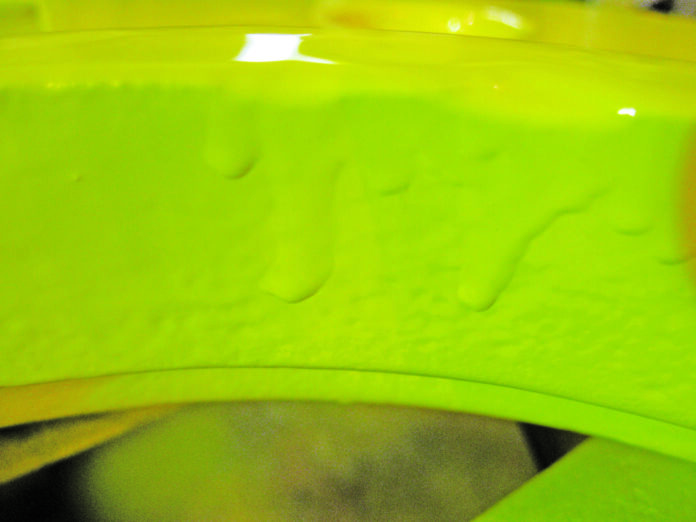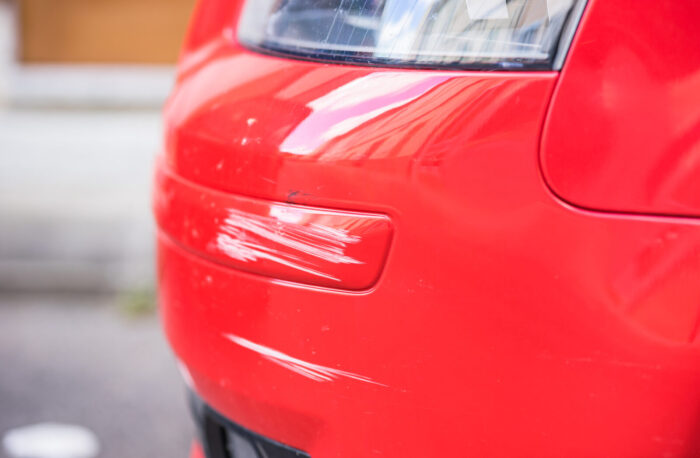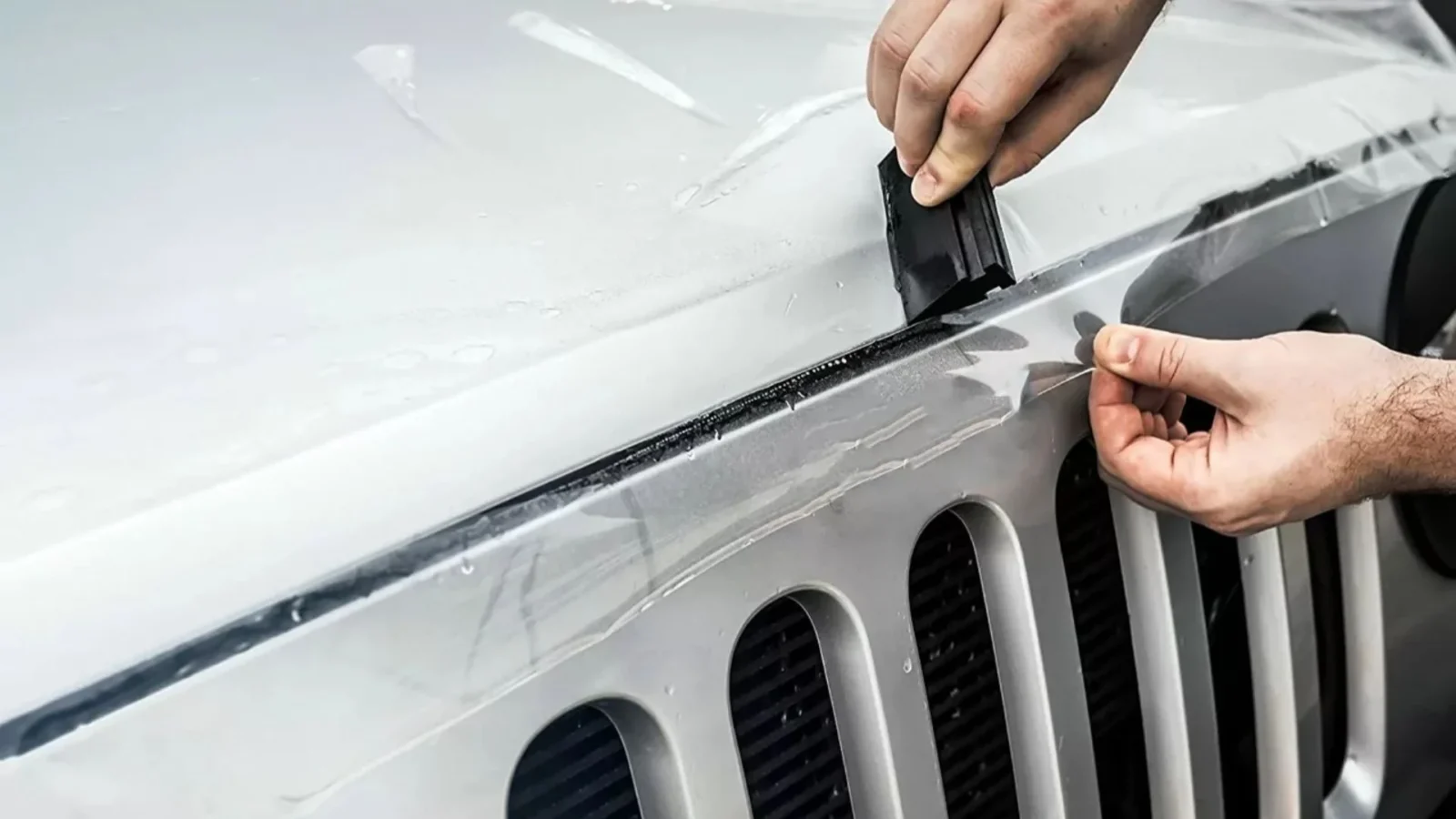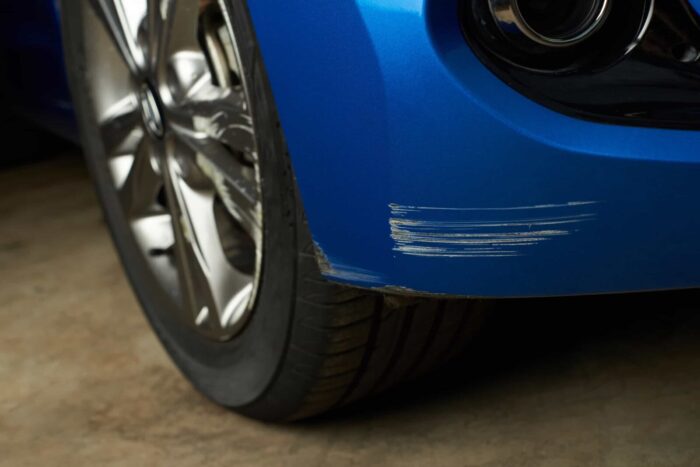
Have you ever experienced the frustration of applying a fresh coat of paint to your car only to be met with unsightly drips and runs? This comprehensive guide will equip you with the knowledge and techniques to effectively sand away those blemishes, leaving your vehicle with a smooth, even, and flawless finish. While these imperfections can be disheartening, fear not, for precision sanding with abrasives for car is your key to rescuing your car’s finish.
Causes of Drips and Runs in Car Finishes
Application Errors: Drips and runs often result from errors during the application of paint. This can include applying too much paint at once, improper spraying techniques, or using the wrong type of paint for specific conditions.
Incorrect Paint Consistency: Using paint that is too thick or too thin can contribute to uneven application and result in drips. It’s essential to follow manufacturer recommendations regarding the correct consistency for the paint being used.
Improper Surface Preparation: Inadequate preparation of the car surface before painting, such as not cleaning or sanding properly, can lead to poor adhesion and uneven paint application.
Spray Gun Issues: Malfunctions or incorrect settings of the spray gun can cause uneven distribution of paint, leading to drips and runs.
Potential Damage to the Paint and Overall Appearance

Aesthetic Issues: Drips and runs are not only unsightly but can significantly impact the overall appearance of a vehicle. They create visible imperfections that detract from the smooth and glossy finish expected on a well-maintained car.
Reduced Resale Value: Cars with visible paint defects, such as drips and runs, may experience a decrease in resale value. Potential buyers often associate the appearance of the exterior with the overall condition of the vehicle.
Risk of Corrosion: Drips and runs can compromise the protective layer of paint, exposing the underlying metal to environmental elements. This increases the risk of corrosion and rust, especially in areas where the paint has been compromised.
List of Materials Needed for Precision Sanding
Sandpaper of various grits: Different grits serve specific purposes, with coarser grits for removing imperfections and finer grits for smoothing and polishing.
Water or lubricant for wet sanding: Essential for reducing friction and preventing sandpaper clogging during wet sanding, ensuring a smoother process.
Microfiber cloths: Crucial for maintaining cleanliness by gently wiping away excess water, residue, or particles during sanding.
Masking tape: Used to protect unsanded areas, creating defined boundaries and preventing accidental damage during precision work.
Polishing compounds: Vital for restoring gloss and shine after sanding, with various abrasiveness levels for achieving a smooth, polished finish.
Sanding Techniques for Drips and Runs
Feathering the Edges of Drips and Runs
To seamlessly blend drips and runs, use a technique called feathering. Gradually reduce pressure and sanding depth as you move away from the imperfection, creating a smooth transition. Begin with 220-grit sandpaper to remove the bulk, applying light pressure and sanding perpendicular to the drip. Progress to a finer grit, like 320 or 400, using the same feathering technique for a smoother surface and refined transition.
Cross-Sanding for a Smooth and Even Surface
Alternate sanding strokes in a cross-hatch pattern at a 45-degree angle to eliminate swirl marks and achieve uniformity. Opt for a finer grit like 600 or 800 for cross-sanding to refine the surface after feathering. Work in small sections, overlapping strokes slightly for even coverage.
Light, Even Pressure: Key to Precision Sanding
Excessive force can lead to deeper scratches, hindering a smooth finish. Use a controlled, gentle touch, avoiding pressing too hard on the sandpaper. Employ short, overlapping strokes to ensure even coverage and prevent digging into the paint. Maintain consistent pressure across the entire sanding process to avoid creating uneven surface textures.
Common Mistakes to Avoid

Using Abrasive Materials that May Further Damage the Finish
- Improper Sandpaper Grit: When resorting to sandpaper for specific refinishing tasks, ensure the use of an appropriate grit. Selecting a grit that is too coarse can result in excessive abrasion, causing irreparable damage to the finish.
- Incorrect Polishing Compounds: Choose polishing compounds carefully, avoiding overly abrasive ones that may strip away the clear coat. Verify the compatibility of the polishing compound with your car’s finish to prevent unintended harm.
- Improper Clay Bar Technique: When using a clay bar, do so with a light touch to avoid introducing scratches or swirl marks. Regularly knead and reshape the clay bar to prevent particles from scratching the surface.
Ignoring the Severity of the Drips and Runs
- Timely Assessment: Promptly address any drips or runs rather than delaying their treatment. Ignoring minor imperfections can lead to more significant problems that are harder to rectify later.
- Differentiating Fresh from Cured Drips: Understand the distinction between fresh and cured drips to apply the appropriate treatment. Fresh drips require a delicate touch, while cured ones may necessitate more intensive techniques.
Rushing Through the Process Without Proper Care
- Insufficient Preparation: Take the time to prepare the car’s surface adequately before any restoration efforts. Rushed preparations can lead to suboptimal results and may exacerbate existing problems.
- Overlooking Detailing Steps: Follow each step of the restoration process meticulously to ensure thorough correction. Skipping or rushing through steps can compromise the quality of the finish and lead to unsatisfactory outcomes.
Preventing the Reoccurrence of Drips and Runs
Achieving a flawless paint job is not just about repairing drips and runs; it’s also about preventing them from happening in the first place. By following proper paint application techniques, you can significantly reduce the risk of imperfections and ensure a smooth, even finish.
Proper technique during paint or polish application
Achieving a flawless car finish requires careful technique during paint or polish application. Start by thoroughly preparing the car surface and utilizing detailing clay for a smooth canvas. Choose high-quality brushes or applicators, apply thin, even coats, and ensure uniform distribution to minimize drips and runs.
Monitoring drying conditions
Monitor drying conditions with patience. Allow sufficient drying time between coats, following product recommendations. Rushing this process can lead to uneven surfaces and increase the risk of drips and runs. Maintain an optimal drying temperature for the chosen product.
Regular maintenance to avoid future issues
Prioritize regular maintenance by conducting routine inspections and promptly addressing minor imperfections. Implement a scheduled waxing routine for additional protection and consider professional detailing services periodically for expert care. These practices enable car owners to proactively preserve their vehicle’s appearance and extend the longevity of its pristine finish.

Final Thought
While drips and runs can be an unfortunate part of the painting process, precision sanding can be a lifesaver. By using the right techniques and materials, you can effectively remove these blemishes and restore your car’s finish to a flawless state. Remember, prevention is always better than cure, so follow proper paint application techniques to minimize the risk of drips and runs in the first place. With care and attention, you can achieve a paint job that is both beautiful and durable.
















